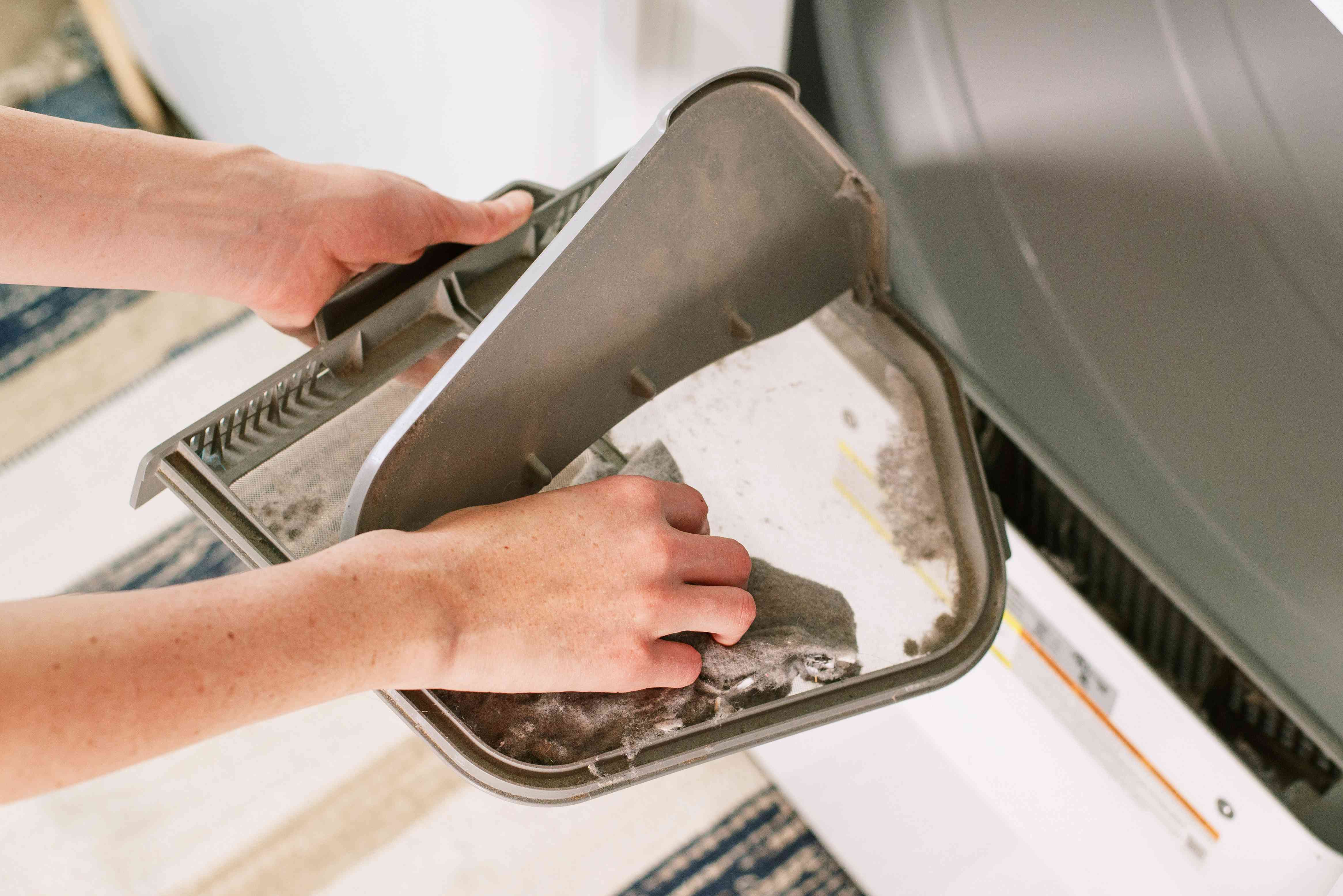

Articles
What Is Dryer Lint
Modified: May 6, 2024
Discover the importance of removing dryer lint and how it can prevent fire hazards. Read informative articles on dryer lint maintenance and safety tips.
(Many of the links in this article redirect to a specific reviewed product. Your purchase of these products through affiliate links helps to generate commission for Storables.com, at no extra cost. Learn more)
Introduction
Welcome to the world of dryer maintenance – a realm where lint reigns supreme. If you’ve ever used a dryer, you’re likely familiar with the pesky phenomenon known as dryer lint. This article will delve into the depths of dryer lint, exploring its definition, formation, composition, dangers, and the importance of regular removal. We’ll also discuss effective methods for removing dryer lint and preventing its buildup.
Dryer lint is not just a nuisance; it poses several risks to both your dryer and your home. Understanding its nature and taking proper precautions can help you keep your dryer running safely and efficiently.
So, let’s embark on this lint-filled journey and uncover the secrets of dryer lint – a substance that hides in plain sight but can have a significant impact on your daily life!
Key Takeaways:
- Regularly removing dryer lint is crucial for preventing fire hazards, maintaining energy efficiency, and ensuring the safety of your home and family. Make it a habit to clean the lint trap and venting system after each load.
- Implementing preventive measures, such as inspecting and cleaning the venting system, using shorter vent runs, and avoiding overloading the dryer, can significantly reduce the buildup of dryer lint. Prioritize regular maintenance to safeguard your home and dryer.
Read also: 12 Superior Lint Balls For Dryer For 2024
Definition of Dryer Lint
Dryer lint refers to the accumulated fibers and debris that are left behind in the lint trap of a clothes dryer after a drying cycle. It is composed of tiny particles of fabric, hair, lint from towels or clothing, and other small debris that have been released from the garments during the drying process.
The lint trap, also known as the lint filter, is a crucial component of the dryer and is typically located inside the dryer drum or near the dryer door. Its primary function is to catch and collect the lint produced during the drying cycle, preventing it from clogging the dryer vent and circulating throughout the house. Although the lint trap captures a significant amount of lint, some particles may escape and accumulate in the dryer vent system or around the lint trap.
Dryer lint is often soft and fluffy in texture, resembling a clump of tangled fibers. It can vary in color, depending on the types of clothing and fabrics that were dried. Additionally, dryer lint can contain traces of detergent or fabric softener, which can contribute to its texture and appearance.
It is important to note that lint is not limited to just the lint trap area. In some cases, lint can collect on the exterior of the dryer drum, the lint screen, or even inside the dryer vent ductwork. Regular maintenance and cleaning are essential to ensure that all potential sources of lint buildup are addressed.
Now that we have a clear understanding of what dryer lint is, let’s explore how it forms and why it can be problematic if left unchecked.
Formation of Dryer Lint
The formation of dryer lint is a natural byproduct of the clothes drying process. When wet clothes are placed inside a heated dryer, the hot air circulates and evaporates the moisture, causing the clothes to dry. However, during this process, tiny fibers and lint are loosened from the fabrics, becoming airborne and deposited in various areas of the dryer.
As the warm air moves through the drum, it carries the lint particles along with it. Some of the lint is captured by the lint trap, while others may escape and make their way into the dryer vent system. Over time, as more dryer cycles are completed, these escaped lint particles accumulate, leading to a potential buildup within the dryer and the venting system.
The formation of dryer lint is influenced by several factors, including the type of fabrics being dried, the frequency of dryer usage, and the effectiveness of the lint trap. Fabrics that shed more lint, such as towels, flannel, or fleece, contribute to a higher volume of lint production. Similarly, frequent usage of the dryer increases the likelihood of lint buildup.
In addition to the fibers released from clothing, lint can also be generated from other sources being dried in the dryer, such as pet bedding, pillows, or stuffed toys. These items may contain feathers, hair, or synthetic fibers that can add to the lint accumulation.
It is worth noting that improper installation or damage to the dryer vent system can exacerbate the formation of lint. A poorly maintained or clogged vent system restricts the airflow and hinders the proper expulsion of lint particles, leading to increased buildup within the dryer and potential fire hazards.
Understanding the formation process of dryer lint is essential in recognizing the need for its regular removal and taking preventive measures to reduce its accumulation. The next section will explore the composition of dryer lint, shedding light on what exactly makes up the fluffy clumps we encounter.
Composition of Dryer Lint
Dryer lint is composed of a combination of fibers, debris, and other particles that are shed from the clothing and fabrics being dried in the dryer. While the exact composition of dryer lint can vary depending on the types of clothing and materials being dried, there are some common elements that can be found in most dryer lint.
One of the main components of dryer lint is textile fibers. These fibers can come from natural fabrics like cotton, linen, and wool, or synthetic materials like polyester and nylon. As the clothes tumble and rub against each other in the dryer, these fibers become dislodged and form the basis of the lint. The type of fabric being dried will determine the specific types of fibers in the lint.
In addition to textile fibers, dryer lint can also contain other debris and particles. This can include small pieces of lint from towels or clothing, pet hair, dust, dirt, and even lint from previously dried items that may have built up in the dryer or vent system. As these particles are released from the fabrics, they become trapped in the lint trap or accumulate elsewhere in the dryer.
Chemical residues from detergents, fabric softeners, and dryer sheets can also be present in dryer lint. When clothes are washed with these products, small amounts can be transferred to the lint as the fabrics dry. While the residues themselves may not pose significant risks, they contribute to the overall composition of dryer lint.
It is important to note that dryer lint can be flammable. The presence of lint, combined with heat from the dryer, can create a potential fire hazard. This is why regular cleaning and removal of lint from the dryer, lint trap, and venting system are crucial for maintaining dryer safety.
Now that we have explored the composition of dryer lint, it’s essential to understand the potential dangers associated with accumulated lint and the importance of regular removal.
Dangers of Accumulated Dryer Lint
Accumulated dryer lint poses several dangers that can affect both the functionality of the dryer and the safety of your home. Understanding these risks is crucial in recognizing the importance of regular maintenance and lint removal.
One of the primary dangers of accumulated dryer lint is the increased risk of fire. Dryer lint is highly flammable, and when it builds up in the dryer, lint trap, or venting system, it can act as fuel in the event of a spark or heat source. The combination of heat, oxygen, and flammable lint can create a perfect environment for a dryer fire to ignite. According to the U.S. Fire Administration, failure to clean the dryer is the leading cause of home dryer fires.
In addition to fire hazards, lint buildup can also hinder the efficiency of your dryer. When the lint trap is clogged or the venting system is obstructed, the airflow within the dryer becomes restricted. This restricted airflow leads to longer drying times, increased energy consumption, and unnecessary strain on the dryer’s components. Not only does this result in higher energy bills, but it can also decrease the lifespan of your dryer.
Furthermore, a blocked venting system can cause moisture to accumulate within the dryer, leading to mold and mildew growth. The presence of mold can negatively impact the air quality in your home and pose health risks, especially for individuals with respiratory issues or allergies.
Another potential danger of accumulated dryer lint is the risk of carbon monoxide poisoning. If the venting system is not properly maintained and becomes blocked, the carbon monoxide produced during the drying process can be forced back into your home. Carbon monoxide is a colorless, odorless gas that can cause symptoms ranging from headaches and dizziness to more severe health complications.
Given these risks, it is crucial to prioritize regular dryer lint removal and maintenance. Implementing effective methods for removing dryer lint and taking preventive measures can help mitigate these dangers and ensure your dryer operates safely and efficiently.
In the next sections, we will explore the different methods for removing dryer lint and preventing its buildup, allowing you to safeguard your home and dryer from the potential hazards caused by accumulated lint.
Clean your dryer lint trap after every load to prevent a fire hazard and improve dryer efficiency. Also, regularly check and clean the dryer vent to ensure proper airflow.
Read also: 15 Amazing Dryer Lint Filter For 2024
Importance of Regular Dryer Lint Removal
Regular removal of dryer lint is vital for several reasons. Not only does it help maintain the efficiency and functionality of your dryer, but it also plays a crucial role in preventing potential fire hazards and ensuring the safety of your home and family.
One of the primary reasons for regular lint removal is to reduce the risk of dryer fires. As mentioned earlier, accumulated lint is highly flammable and can ignite if exposed to a spark or heat source. By regularly cleaning and removing lint from the lint trap, dryer drum, and venting system, you significantly reduce the chances of a lint fire occurring. The simple act of removing lint helps maintain proper airflow, preventing lint from accumulating and reducing the risk of ignition.
Regularly removing dryer lint also promotes energy efficiency. When the lint trap becomes clogged with lint, it restricts the airflow in the dryer, forcing it to work harder and longer to dry your clothes. This not only increases energy consumption but also decreases the lifespan of your dryer. By regularly cleaning the lint trap, you improve airflow, allowing the dryer to operate more efficiently and reducing energy wastage.
Furthermore, removing dryer lint can prevent moisture-related issues. Lint buildup within the dryer or venting system can trap excess moisture, leading to the growth of mold and mildew. This can pose health risks and compromise the quality of the air in your home. By clearing out lint regularly, you create a clean and dry environment within the dryer, reducing the likelihood of mold and mildew formation.
Regular lint removal also helps maintain the performance of your dryer. As lint accumulates, it can cause the dryer to overheat, resulting in overheated components and potential breakdowns. By keeping the dryer free from lint, you ensure that it operates smoothly and reduces the need for costly repairs or replacements.
Lastly, regular lint removal promotes the overall safety of your home and family. A clean and well-maintained dryer reduces the risk of carbon monoxide poisoning, which can occur if the venting system becomes obstructed. Additionally, it minimizes the chances of lint particles being released into the air and causing allergies or respiratory issues.
To ensure the safety and efficiency of your dryer, make it a habit to remove lint from the lint trap after each drying cycle. Additionally, periodically clean the dryer vent and venting system to prevent lint buildup. These simple maintenance tasks can go a long way in protecting your home, saving energy, and extending the lifespan of your dryer.
Now that we understand the importance of regular lint removal, let’s explore effective methods for removing dryer lint and preventing its buildup.
Methods for Removing Dryer Lint
Removing dryer lint requires a combination of simple maintenance tasks and regular cleaning routines. Here are some effective methods for removing dryer lint and ensuring the optimal performance of your dryer:
- Clean the lint trap: Start by cleaning the lint trap after each drying cycle. Locate the lint trap, typically located inside the dryer drum or near the dryer door, and remove the accumulated lint. Gently brush off the lint or use a vacuum cleaner to suction the debris. This simple step helps maintain proper airflow and prevents lint from building up within the dryer.
- Check and clean the vent hose: Periodically inspect the vent hose, which connects the dryer to the external vent. Disconnect the hose and remove any lint or debris that may have accumulated inside. You can use a cleaning brush or vacuum cleaner to effectively remove lint from the vent hose. Ensure that the vent hose is properly reattached and secured to prevent any air leakage.
- Clean the dryer drum: Every few months, it’s beneficial to clean the interior of the dryer drum. Use a soft cloth or sponge dampened with mild soap and water to wipe down the drum surface. Pay close attention to any areas where lint may have accumulated, such as around the drum seals and the back wall of the dryer. This helps remove any lint residues and prevents them from being transferred to the next load of laundry.
- Remove lint from the dryer vent: Cleaning the dryer vent is crucial for preventing lint buildup and reducing the risk of a fire hazard. You can use a specialized dryer vent cleaning kit, which typically includes a brush and flexible rods. Carefully insert the brush into the dryer vent opening and rotate it to dislodge any trapped lint. Gently pull out the brush and repeat the process until the vent is clear of lint. It’s recommended to perform this task at least once a year or as needed.
- Hire professional dryer vent cleaning services: If you’re unsure or uncomfortable cleaning the dryer vent yourself, consider hiring professional services. Professional technicians have the necessary tools and expertise to thoroughly clean the vent system, ensuring efficient airflow and minimizing the risk of lint-related issues.
Remember to always unplug the dryer before performing any maintenance tasks to ensure your safety.
By implementing these methods, you can effectively remove dryer lint and keep your dryer running smoothly. Regular maintenance and cleaning play a crucial role in preventing lint buildup and maximizing the safety, efficiency, and lifespan of your dryer.
Now, let’s explore some preventive measures to inhibit the buildup of dryer lint and maintain dryer performance.
Preventing Dryer Lint Buildup
Preventing dryer lint buildup is key to maintaining the efficiency and safety of your dryer. Here are some preventive measures you can take to inhibit the accumulation of dryer lint:
- Empty the lint trap after each load: Make it a habit to remove lint from the lint trap after every drying cycle. This simple step allows for proper airflow and prevents lint from clogging the trap or vent system.
- Inspect and clean the venting system: Regularly check the dryer vent and venting system for any signs of lint clogs or obstructions. Clear away any lint or debris that may have accumulated to maintain proper ventilation. Consider using a vent cover or bird guard to prevent pests or outside debris from entering the vent.
- Use shorter and straighter dryer vent runs: Opt for shorter and straighter vent runs when designing the dryer vent system. Longer or complex venting configurations can increase the chances of lint buildup and reduce airflow. Minimize the use of bends and turns in the vent pipe to maintain optimal airflow and reduce the accumulation of lint.
- Do not overload the dryer: Avoid overloading the dryer with too many clothes in a single load. Overloading can restrict airflow and lead to increased lint production. It is better to dry multiple smaller loads than one large load to promote proper drying and minimize lint production.
- Inspect and clean the dryer drum seals: Regularly inspect the seals around the dryer drum for any signs of lint accumulation. Use a soft cloth or sponge dampened with mild detergent to clean the seals and remove any lint residues. Keeping the drum seals clean helps prevent lint from being transferred to the clothes during drying.
- Avoid drying highly lint-producing items separately: If possible, dry highly lint-producing items, such as towels or blankets, separately from other clothing items. This reduces the chances of lint transferring to other garments and decreases the overall lint production during drying.
- Avoid using fabric softener sheets: Fabric softener sheets can leave a residue on the lint trap, reducing its efficiency. Consider using alternative methods to soften clothes, such as liquid fabric softener or dryer balls.
- Regularly inspect and maintain the dryer: Conduct regular inspections of your dryer to ensure it is in good working condition. Check for loose or damaged parts, such as the lint trap, vent hose, or drum seals, and replace if necessary. Schedule professional maintenance visits, if needed, to ensure optimal performance and safety.
By implementing these preventative measures, you can significantly reduce the buildup of dryer lint and maintain a safe and efficient drying process. Regular maintenance and proper lint management are key to extending the lifespan of your dryer and ensuring the well-being of your home and family.
Now that we’ve explored the various methods to prevent lint buildup, it’s time to wrap up our journey into the world of dryer lint.
Conclusion
Dryer lint may seem like a harmless inconvenience, but it can pose significant risks if left unchecked. From fire hazards to decreased efficiency and potential health concerns, the accumulation of dryer lint can have serious consequences. However, by understanding its nature and taking proactive measures, you can maintain a safe and efficient drying process.
In this article, we have explored the definition, formation, and composition of dryer lint. We have delved into the dangers of accumulated lint, including the increased risk of dryer fires and decreased dryer efficiency. We have also discussed the importance of regular dryer lint removal, not only for preventing fire hazards but also for maximizing energy efficiency and preserving the lifespan of your dryer.
We have provided methods for removing dryer lint, such as cleaning the lint trap, inspecting and cleaning the venting system, and regularly maintaining the dryer drum and seals. We have also discussed preventive measures to inhibit the buildup of dryer lint, including emptying the lint trap after each load, avoiding overloading the dryer, and using shorter and straighter vent runs.
Remember, proper maintenance and regular lint removal are essential to ensure the safety and performance of your dryer. Incorporate these practices into your laundry routine to protect your home and family from potential fire hazards and maintain the efficiency and longevity of your dryer.
By taking the time to understand and address the challenges of dryer lint, you can enjoy the benefits of a well-functioning dryer while minimizing the risks. Keep your dryer lint-free, and let the comforting warmth and clean laundry fill your home with peace of mind.
Now that you're up to speed on the hazards of dryer lint and how to manage it, why not give your refrigerator a deep clean? Our next article offers practical cleaning tips that'll help you spruce up your fridge efficiently, both inside and out. This guide will not only freshen up your appliance but also improve its efficiency and hygiene. Ready to tackle more than just lint? Let’s get that fridge sparkling!
Frequently Asked Questions about What Is Dryer Lint
Was this page helpful?
At Storables.com, we guarantee accurate and reliable information. Our content, validated by Expert Board Contributors, is crafted following stringent Editorial Policies. We're committed to providing you with well-researched, expert-backed insights for all your informational needs.
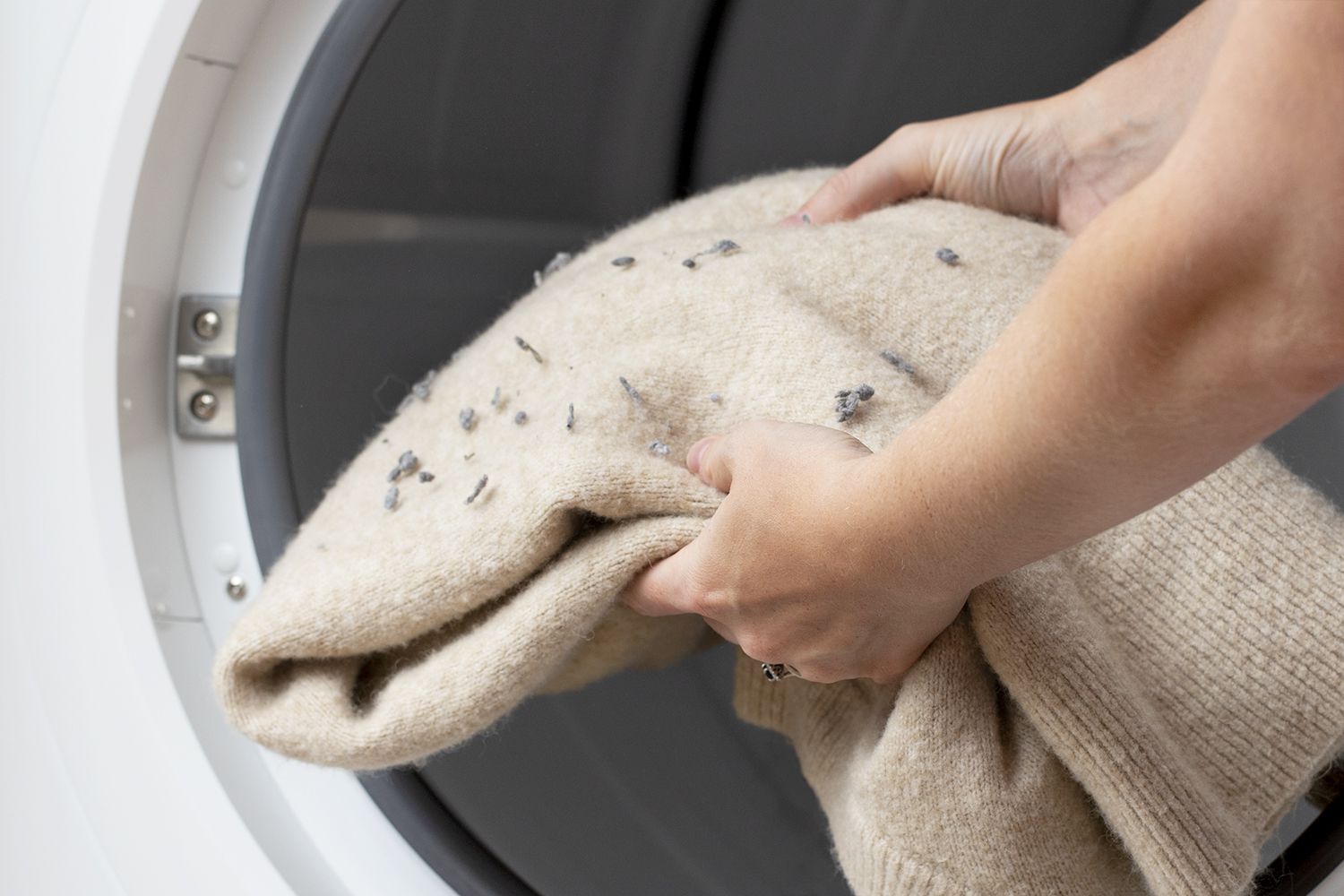
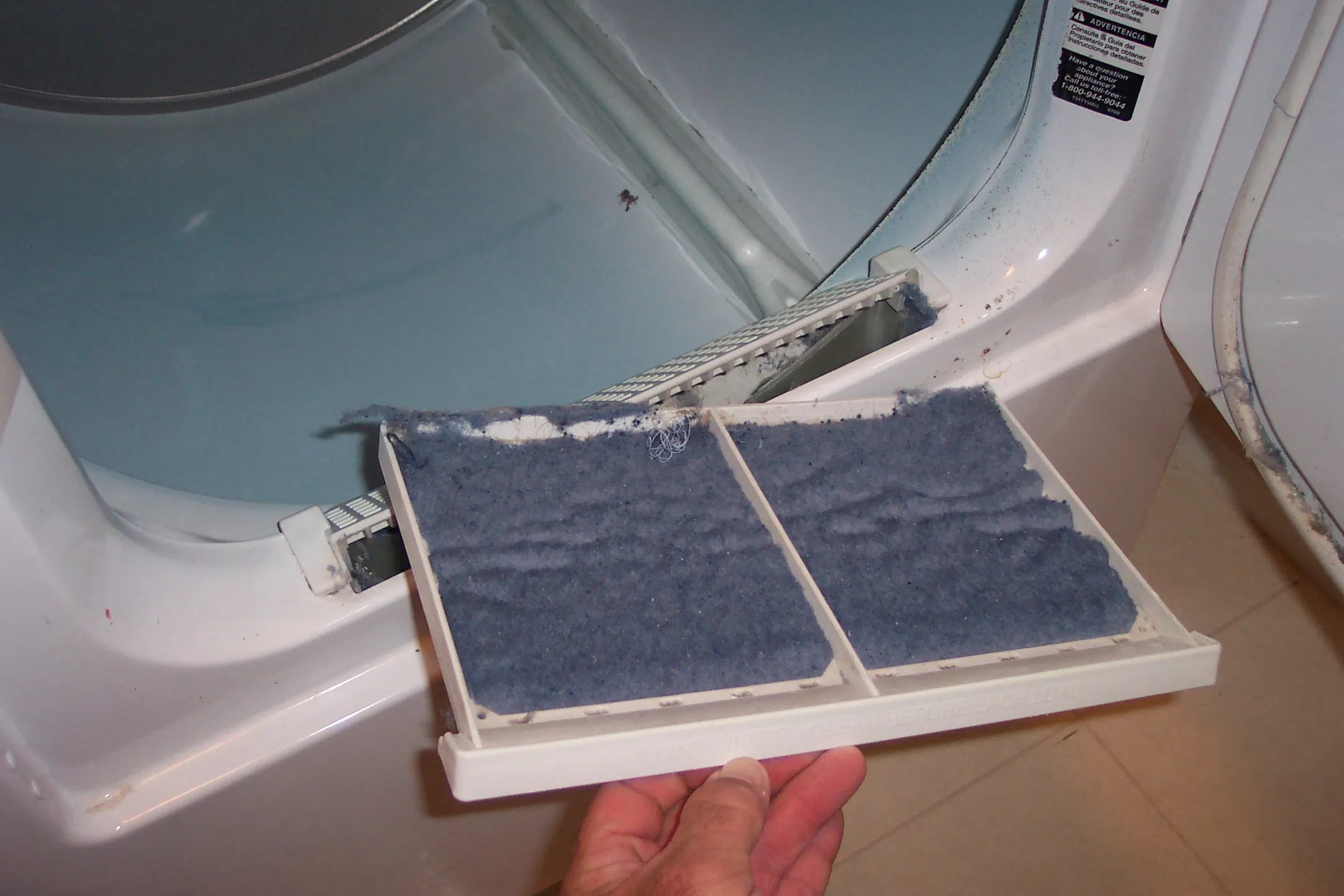
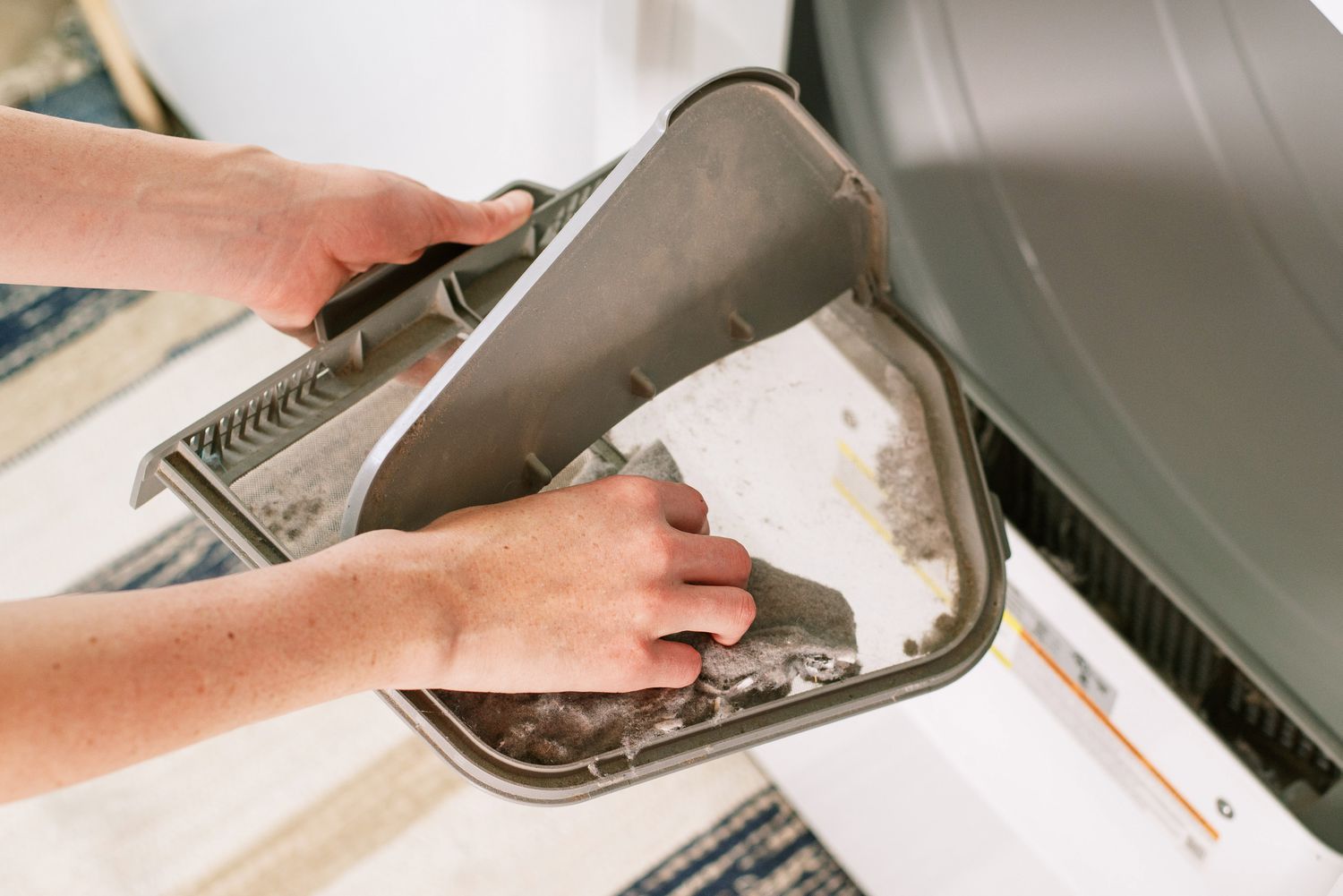
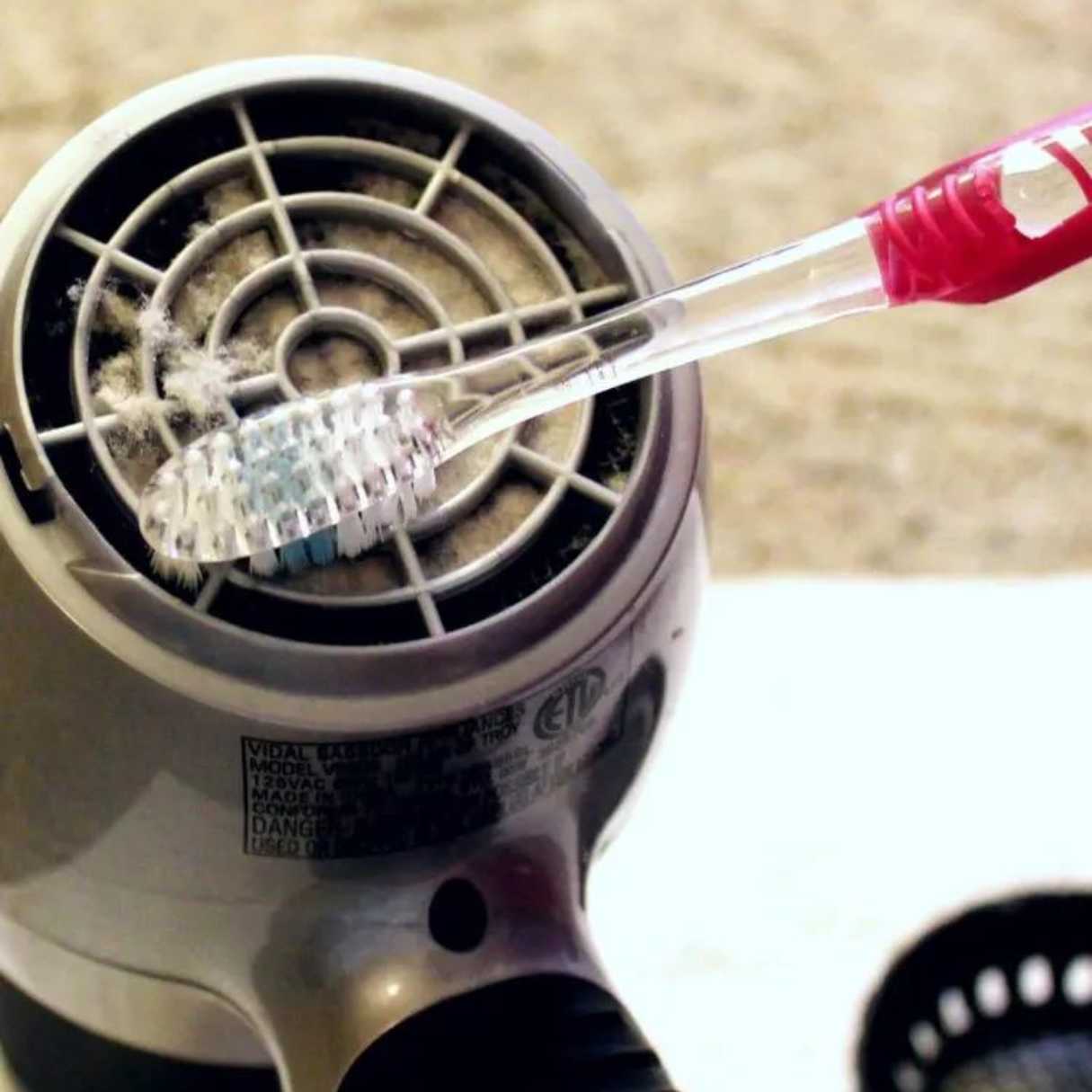
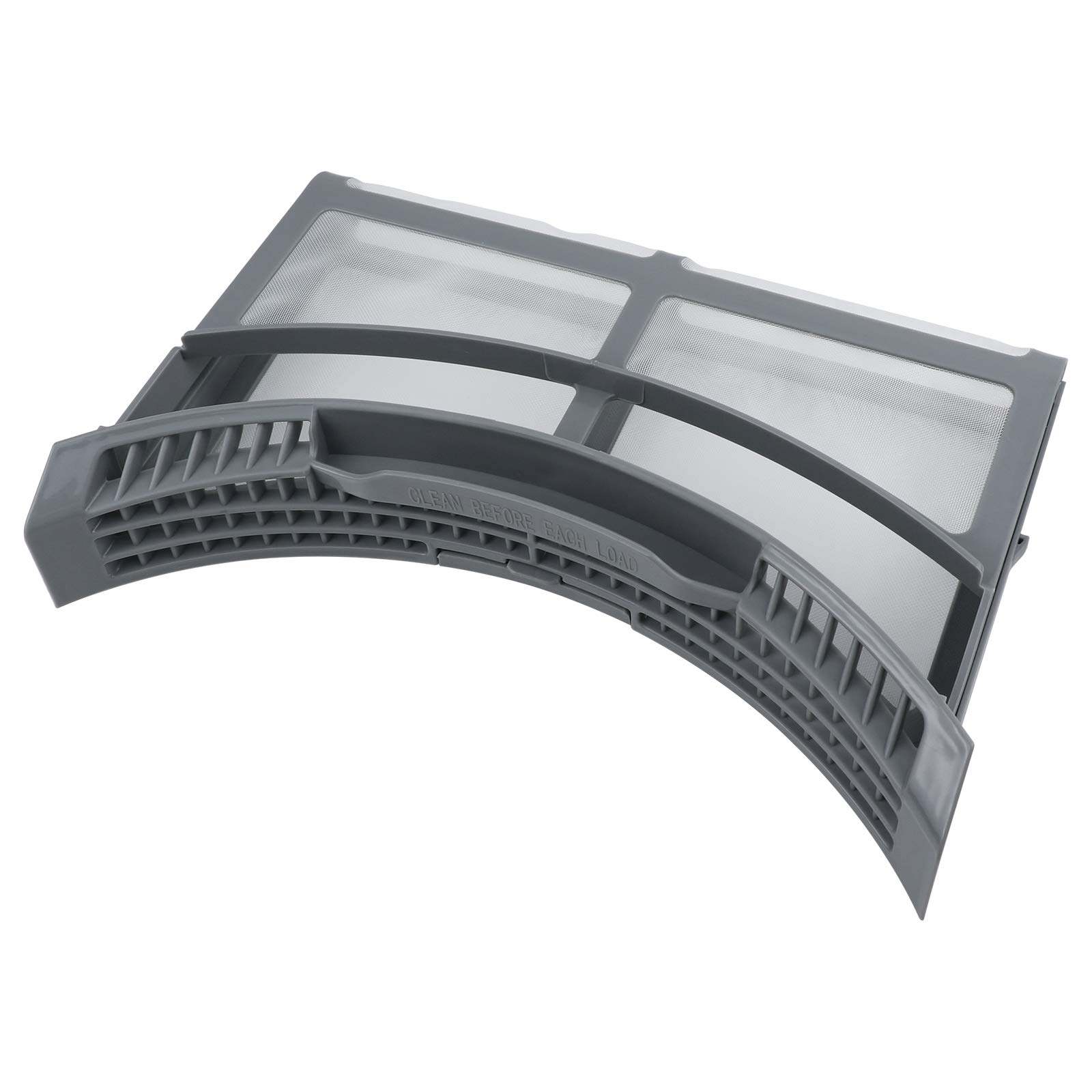
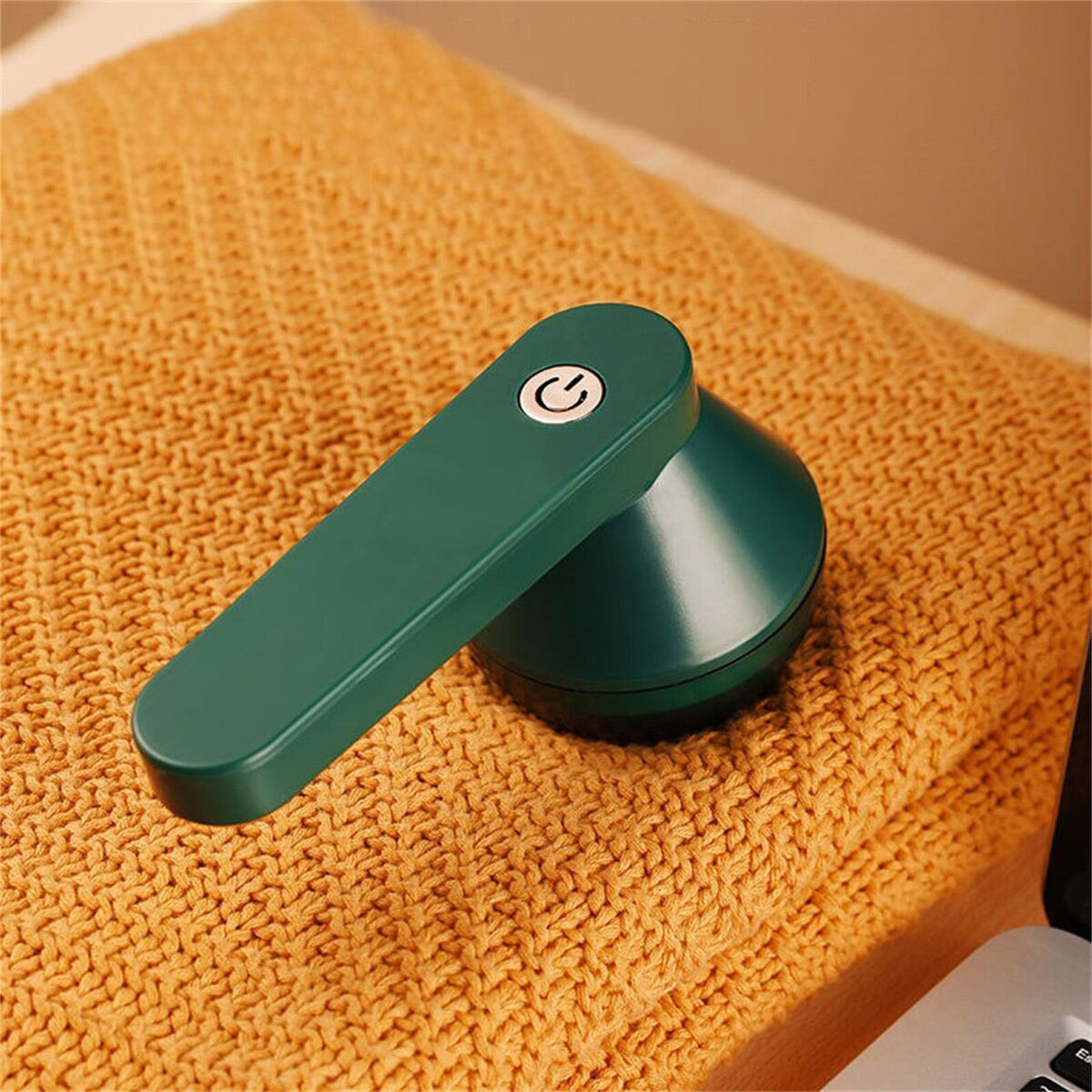
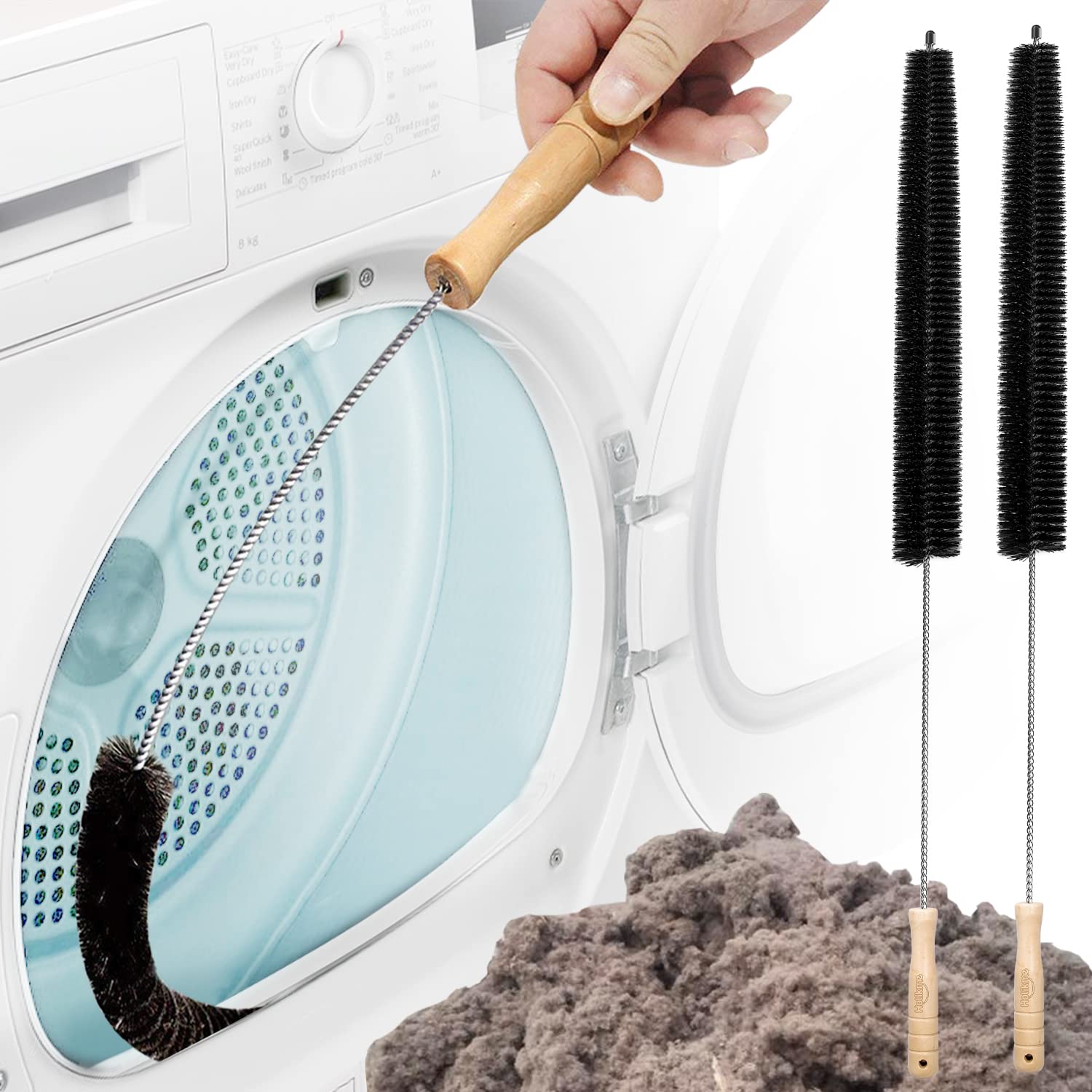
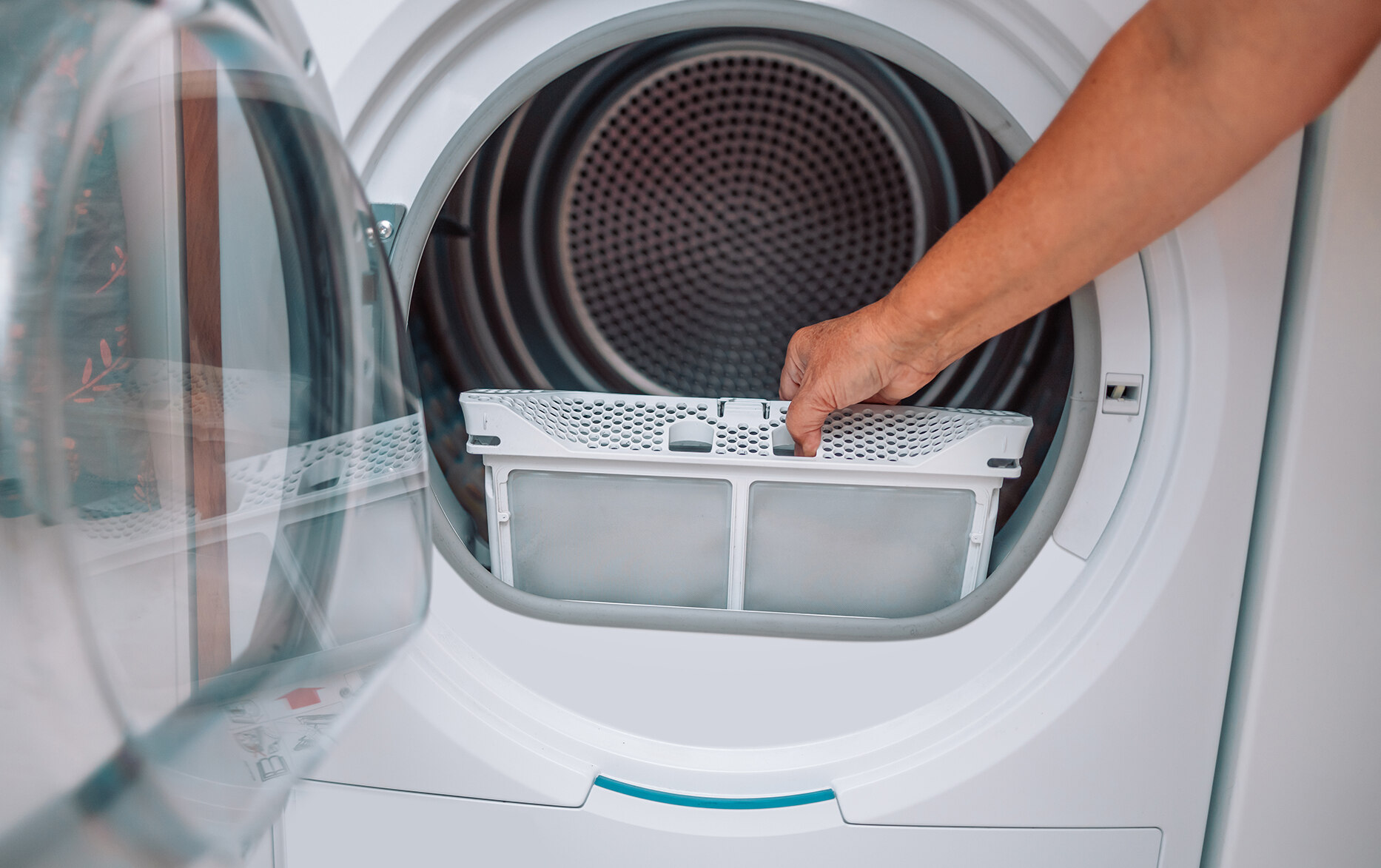
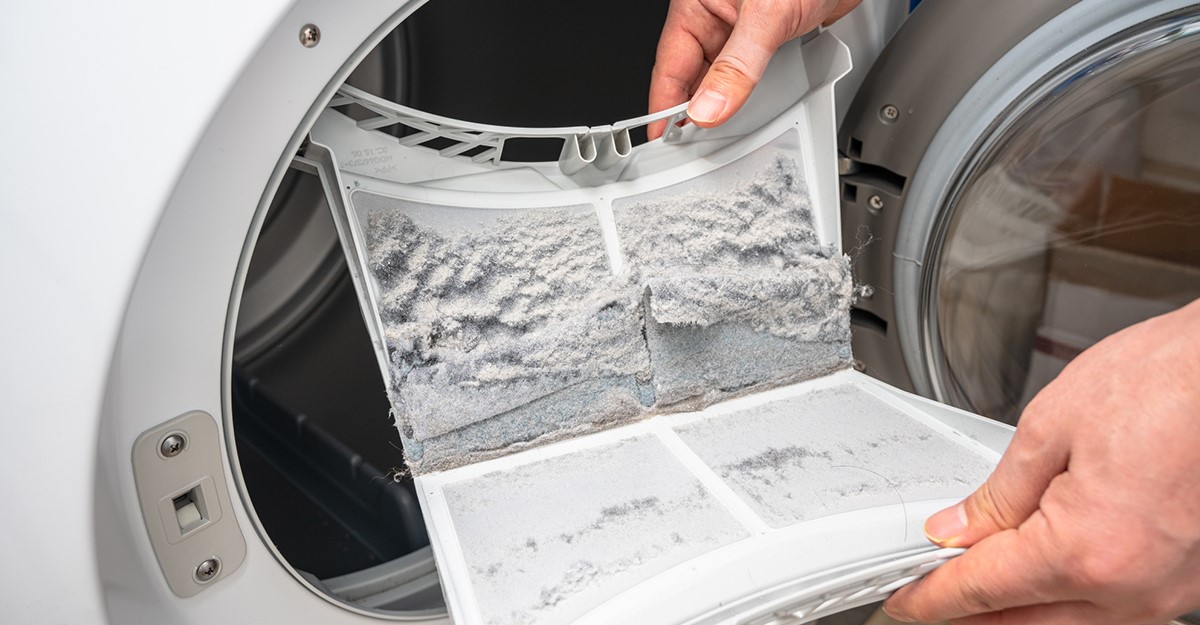
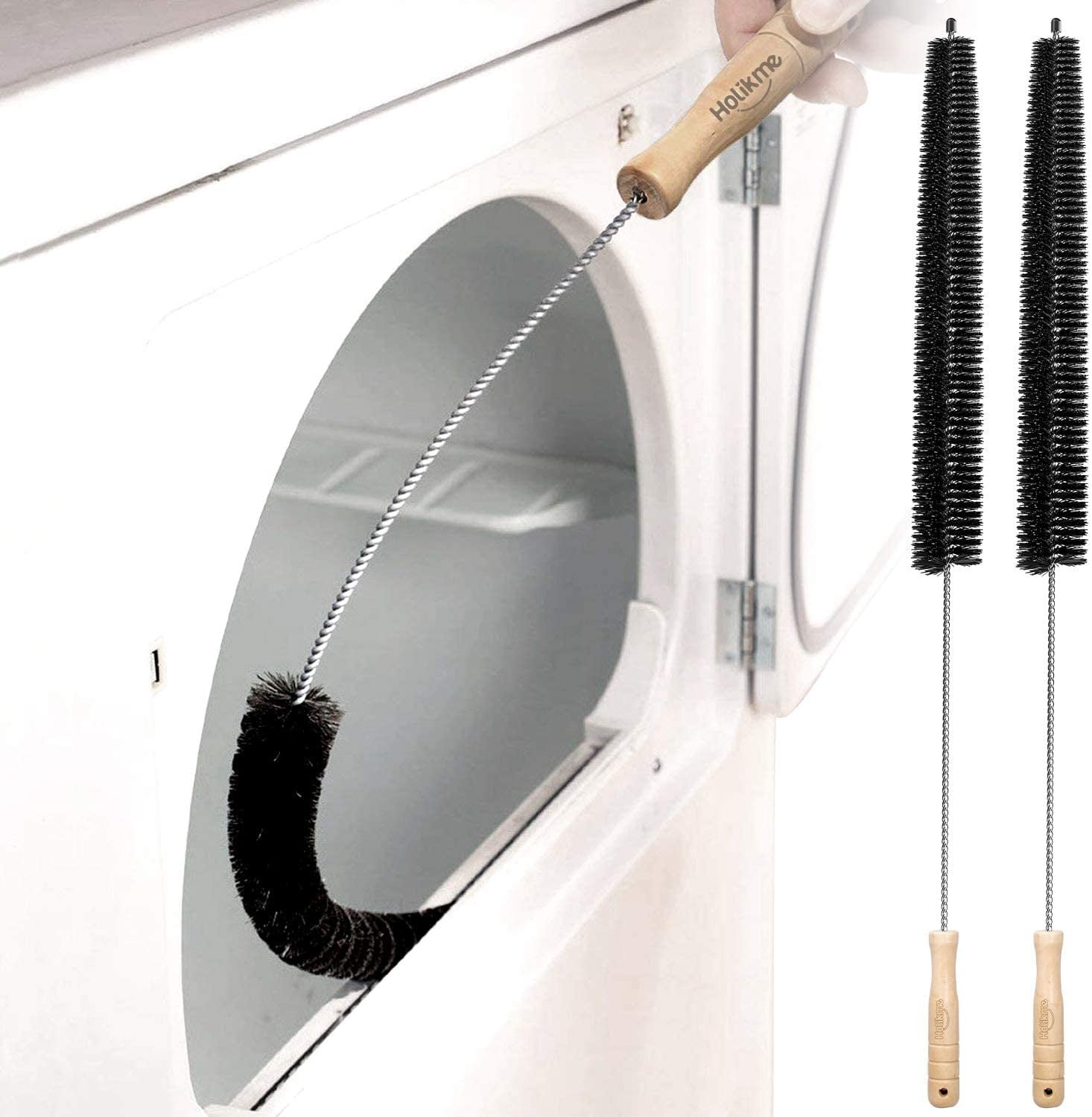
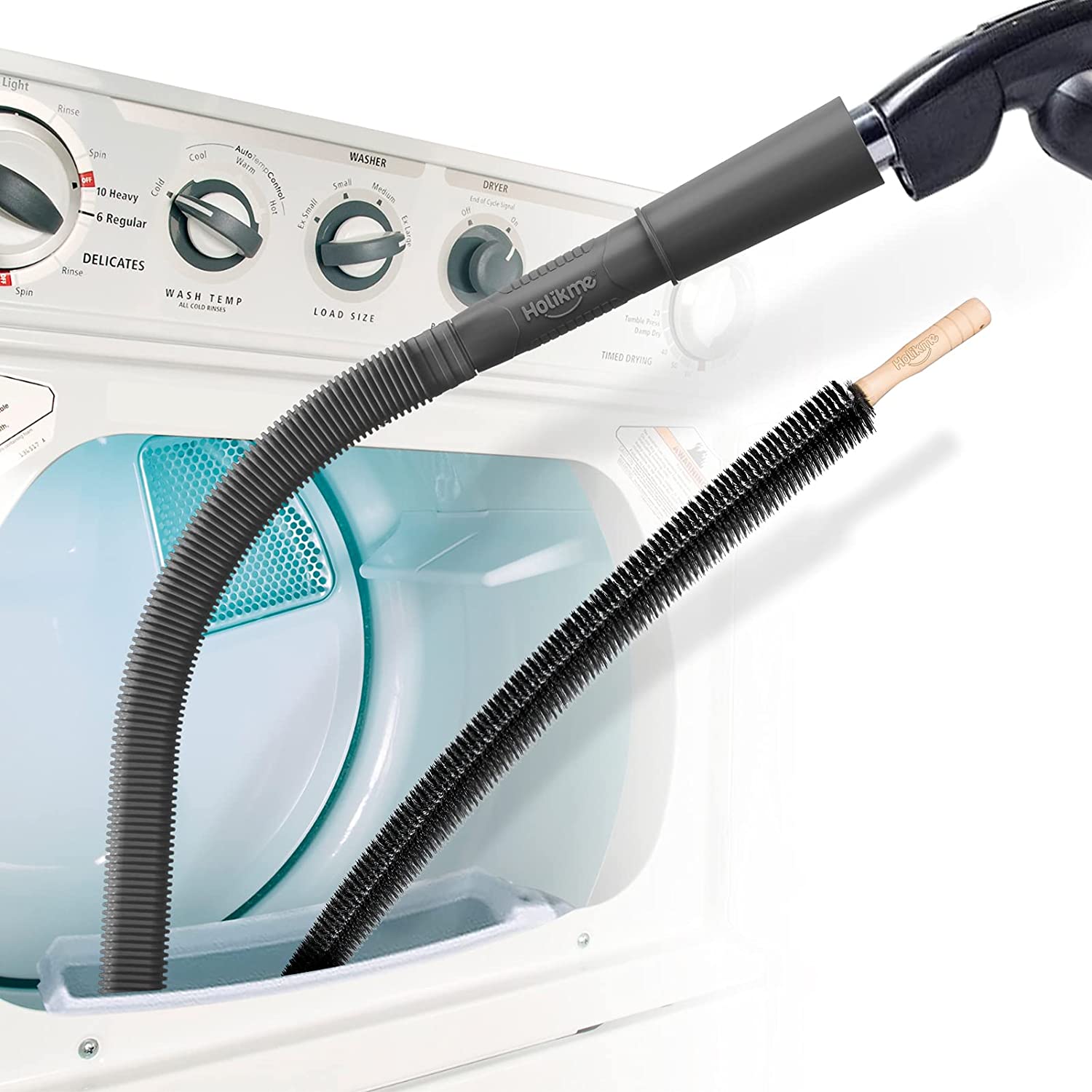
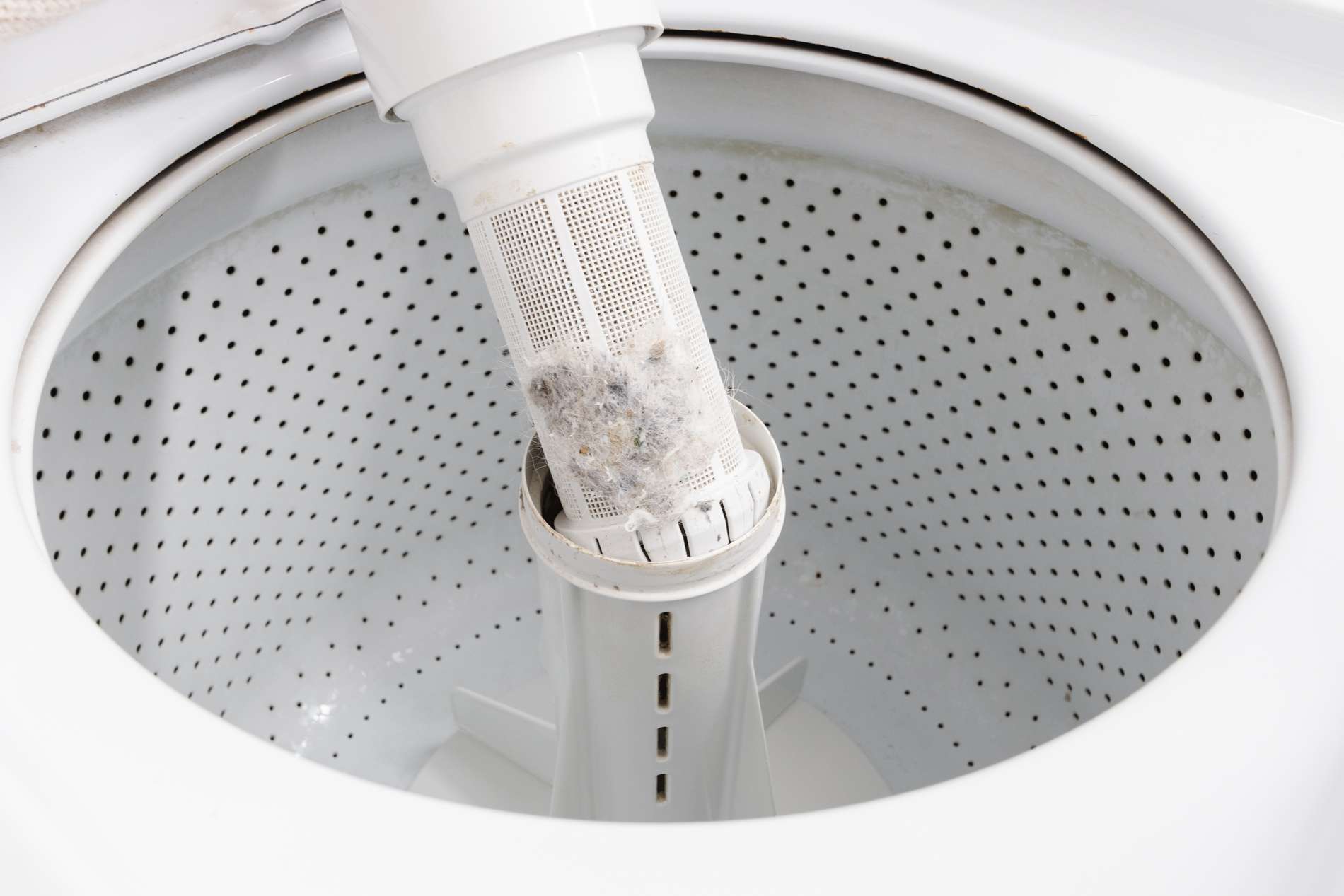
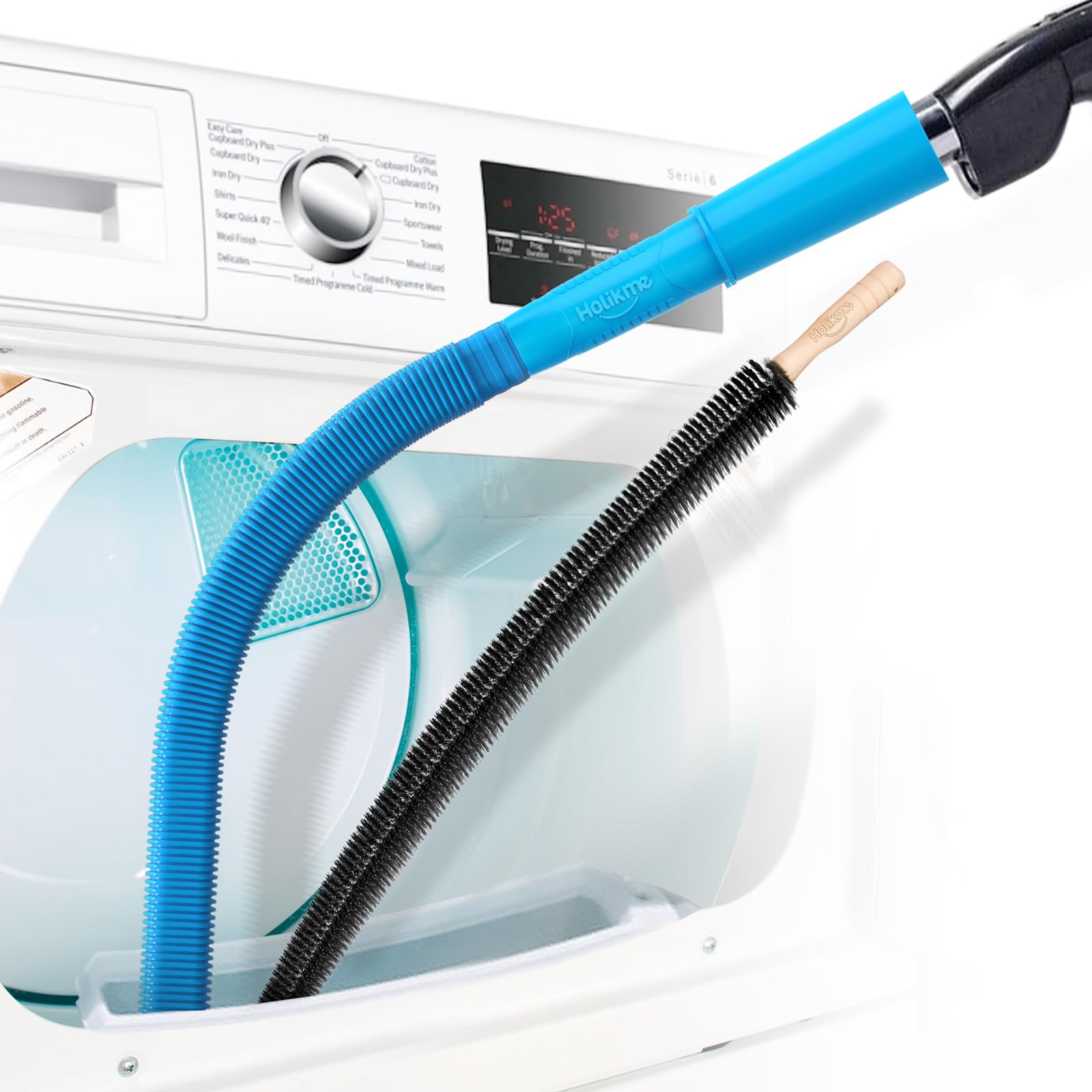
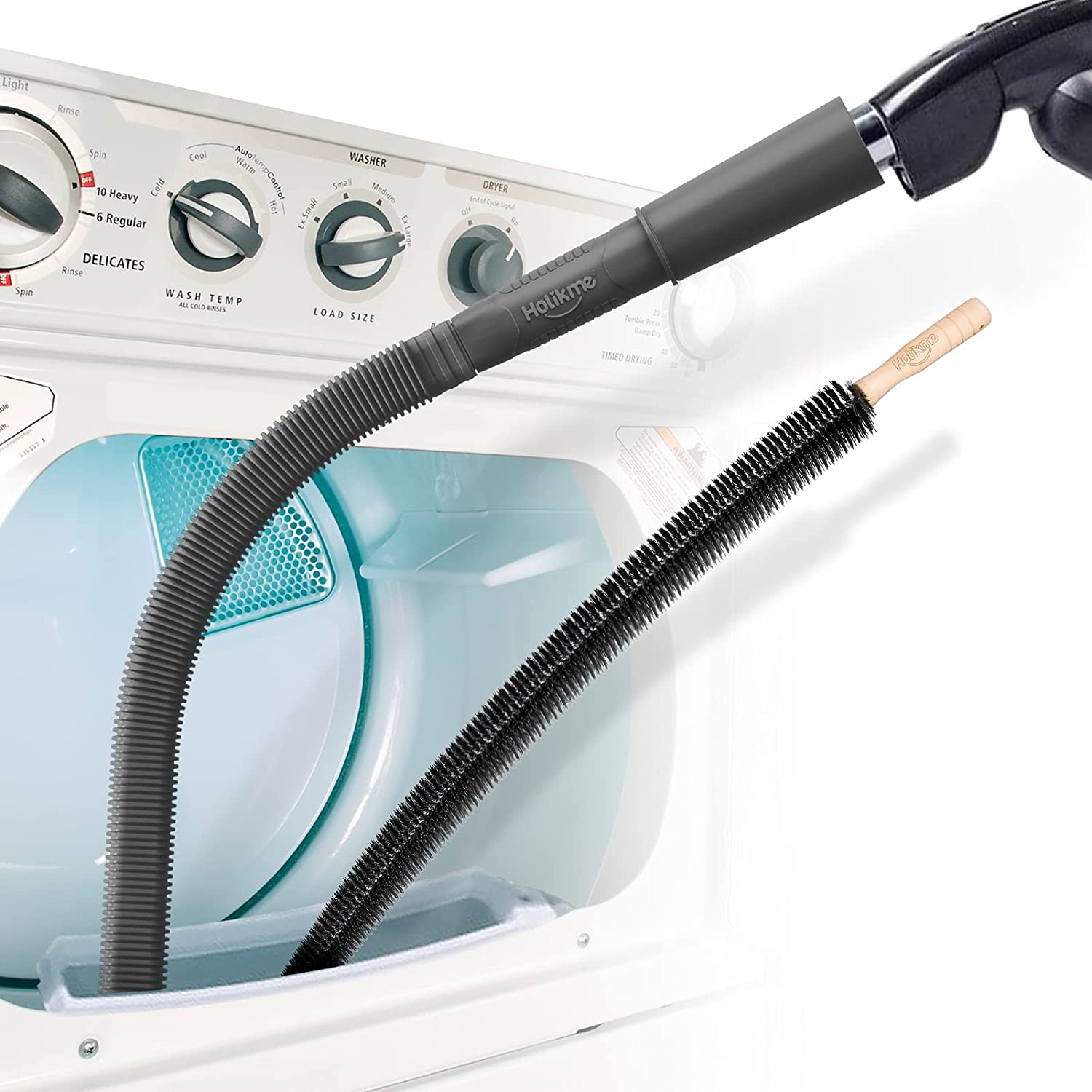

0 thoughts on “What Is Dryer Lint”